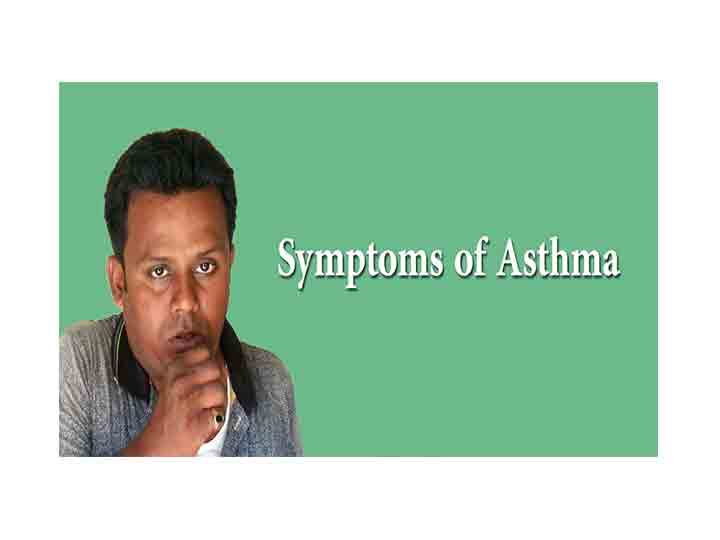Asthma Symptoms should be managed early
Asthma symptoms are often worse at night or in the early morning times and during walking. Symptoms are often triggered by allergens, cold air, viral infections , exercise, laughter.
If someone has asthma his airways become swollen and the muscles around the airways can tighten due to inflammation of the airways.
This swelling and tightening of muscles around the airways lead to difficulty for air to move in and out of the lungs, causing classical symptoms of asthma.
These includes
- coughing,
- wheezing,
- shortness of breath and/or chest tightness.
Symptoms of asthma are often increase at night or in the early morning times and during walking. Trigger like allergens, cold air, viral infections, exercise, laughter will often aggravate the asthma symptoms.
Asthma Phenotypes:
Asthma may have cluster of characteristics that define the disease and its subsets. These subsets are asthma phenotypes. These include
• Allergic asthma:
Is the most common phenotype. This variety of asthma mainly occur in childhood. There may have a past and/or family history of allergic disorders like such as eczema, allergic rhinitis, or food allergy. This phenotype responded well with inhaled corticosteroid (ICS) treatment.
• Non-allergic asthma:
here the asthma not associated with allergy. These type of patient less responded to ICS.
-
Pre-asthma wheezing
These phenotypes mainly occur in infant and pre school children. It may be episodic due to virus or trigger by multiple factors.
• Late-onset asthma:
occur in adult, mainly in women. These types of asthma require higher dose of ICS.
- Exercise-Induced Bronchospasm (EIB) here the person experience asthma symptoms during exercise.
-
Aspirin-Exacerbated Respiratory Disease (AERD)
It consists of three clinical entities namely asthma, recurrent nasal polyp, and sensitivity to aspirin and other non-steroidal anti-inflammatory drugs (NSAIDs).
• Asthma associated with apparent irreversible airflow limitation:
Few patients with long-standing asthma develop fixed airflow limitation. Remodeling of the airways is responsible for this phenotype. .
• Asthma with obesity:
obese patients with asthma may have prominent respiratory symptoms.



